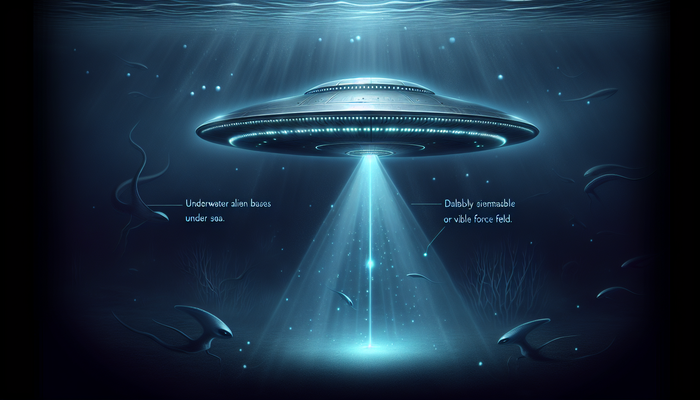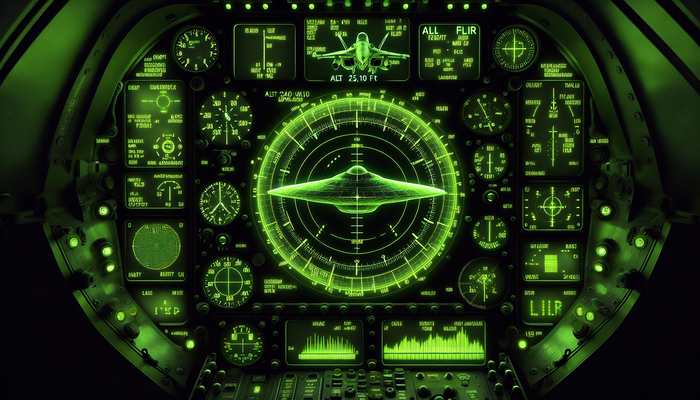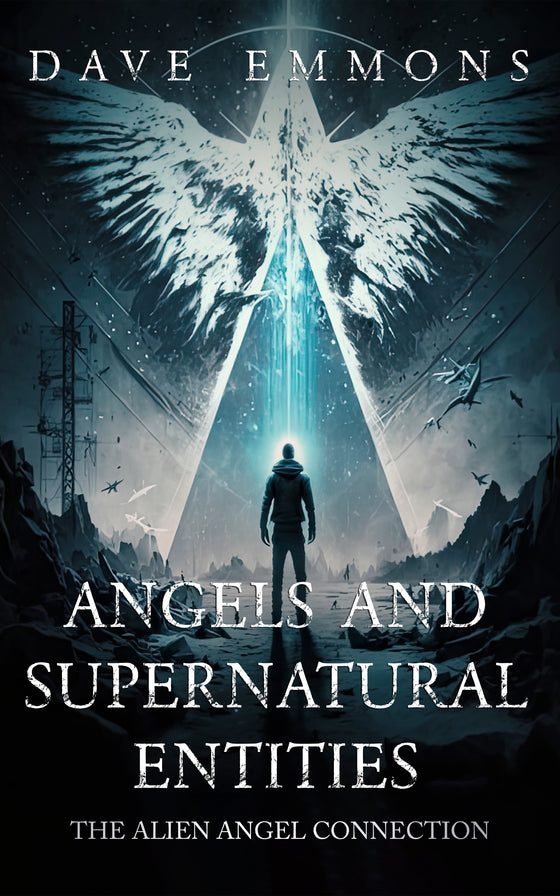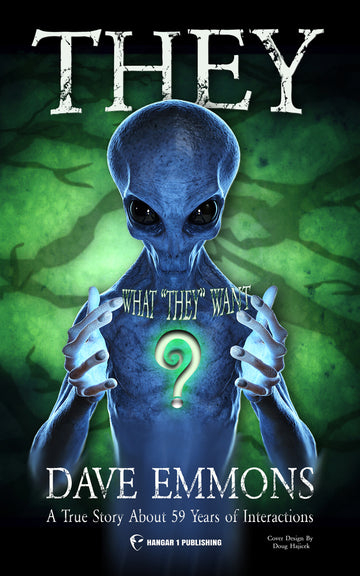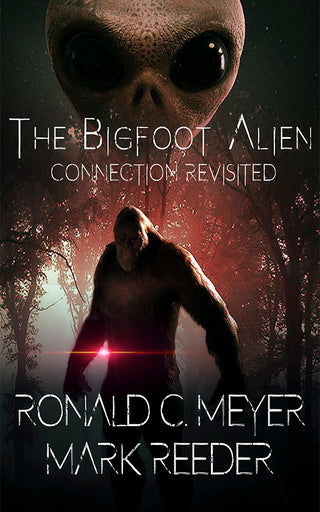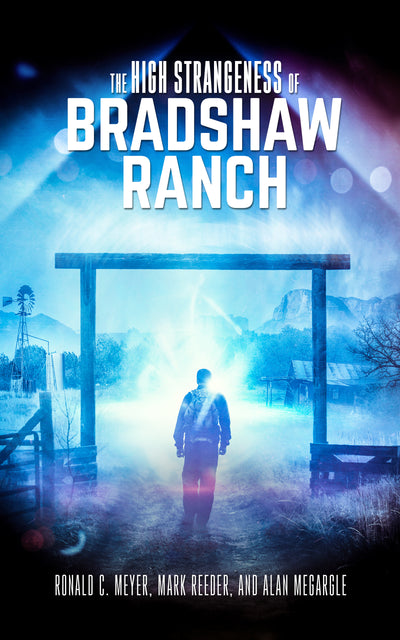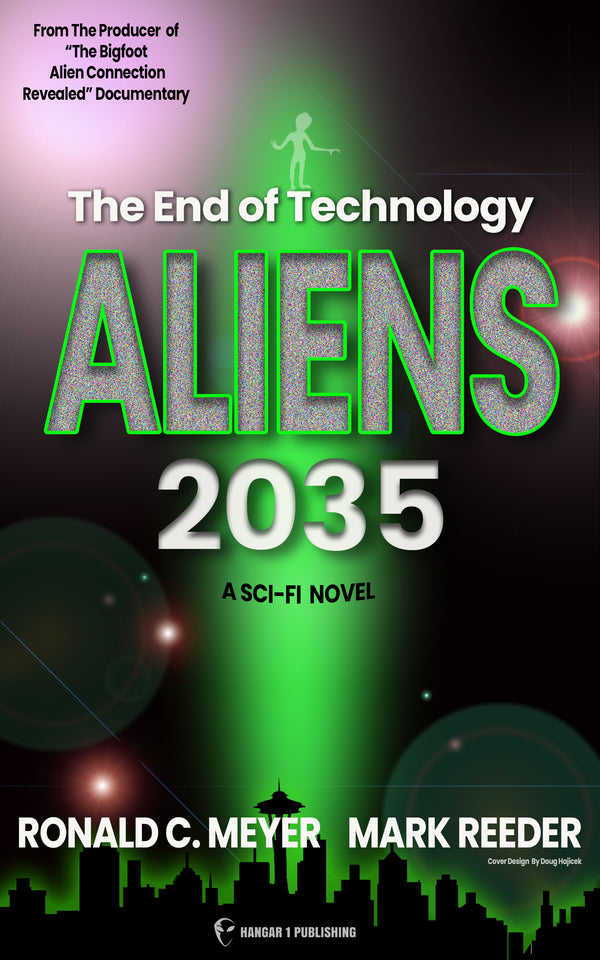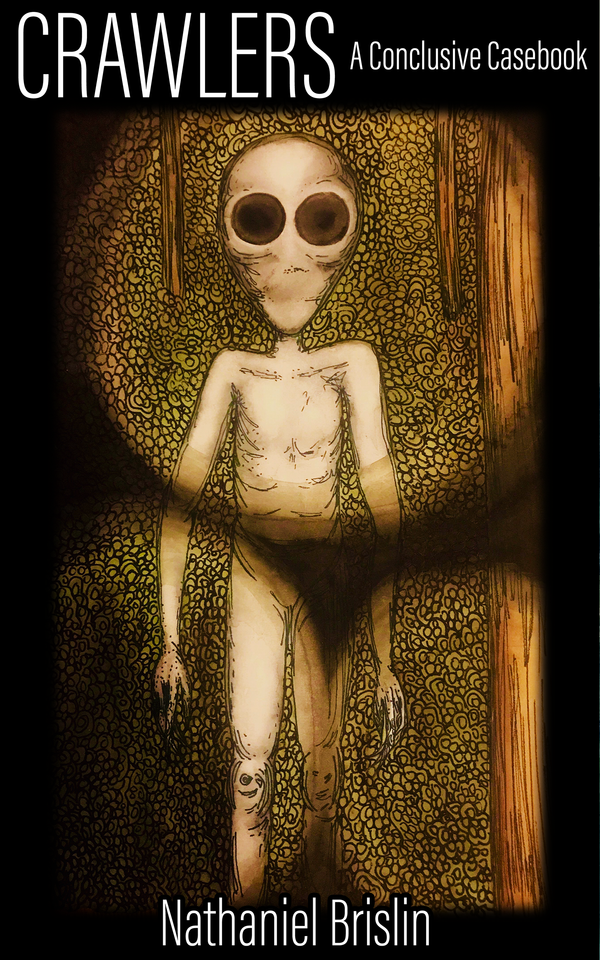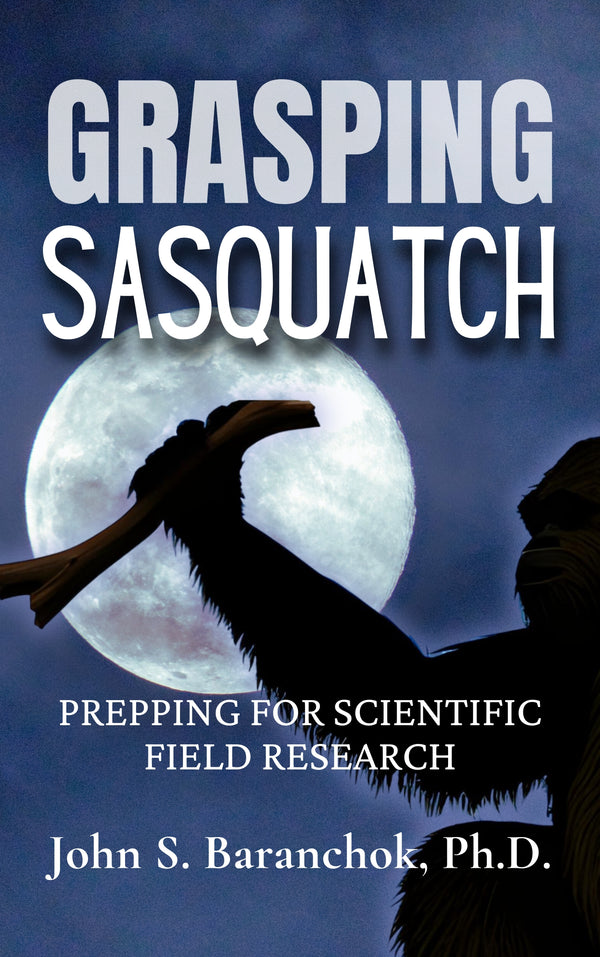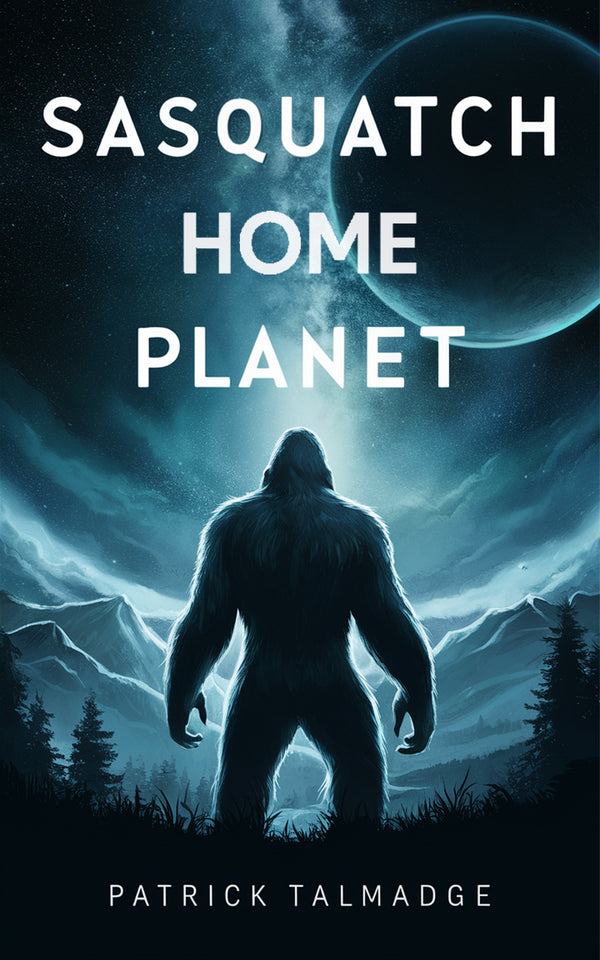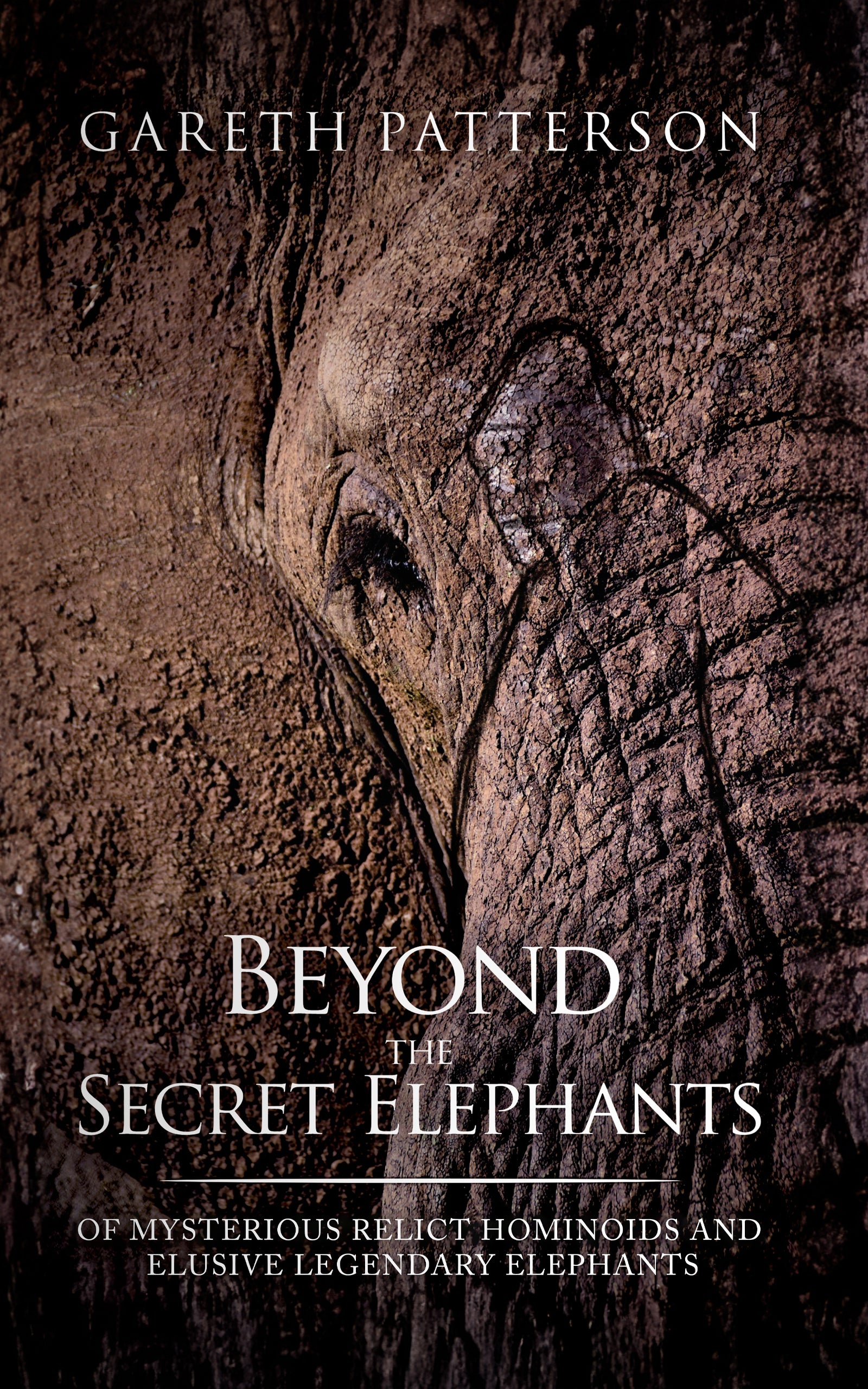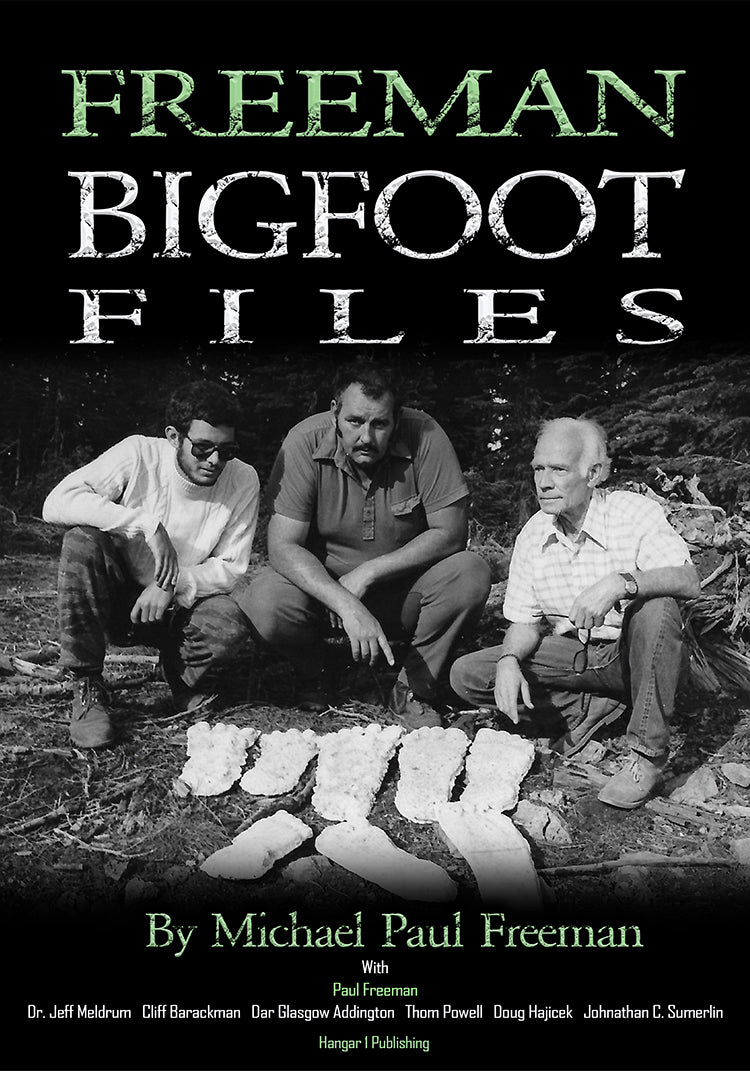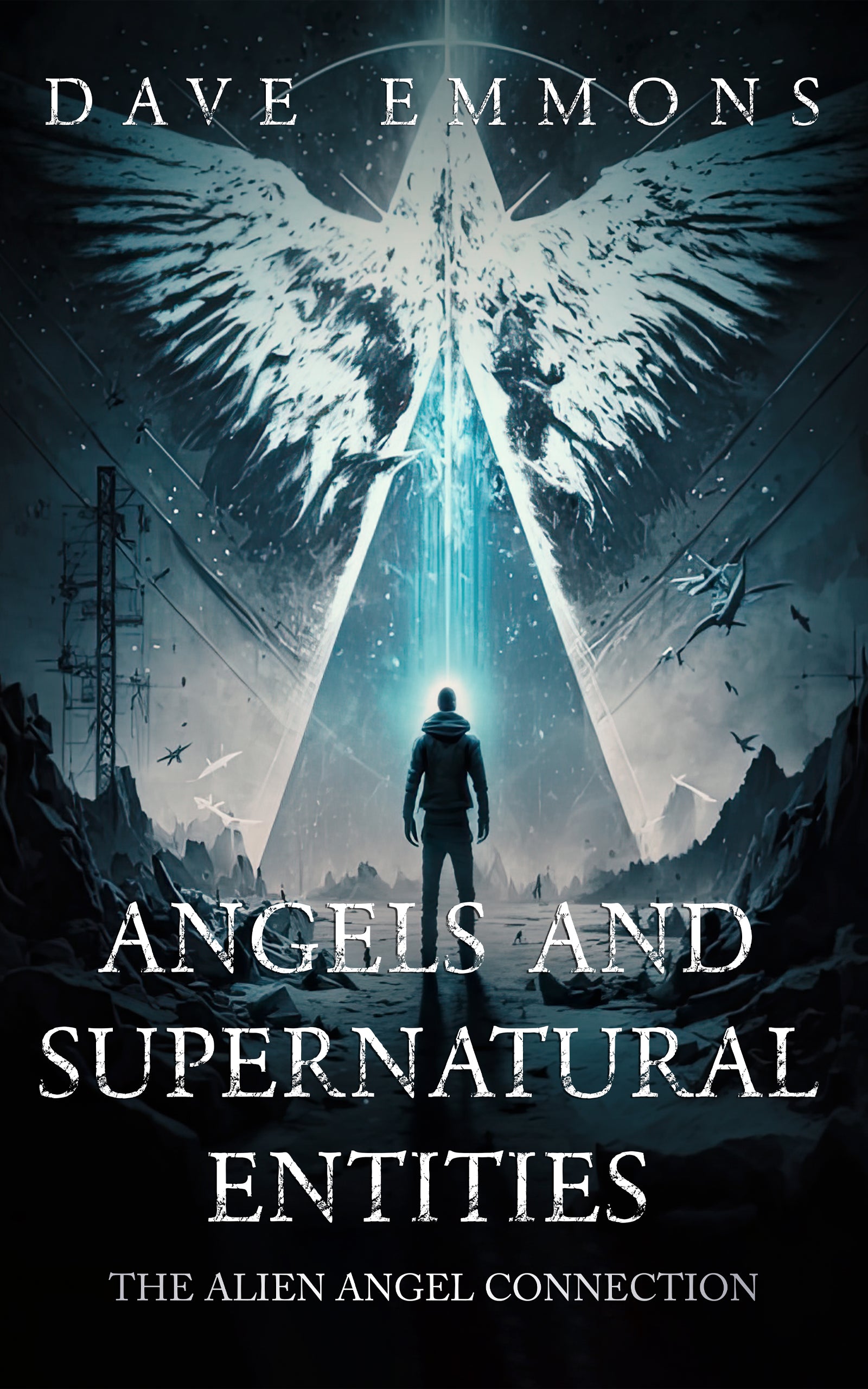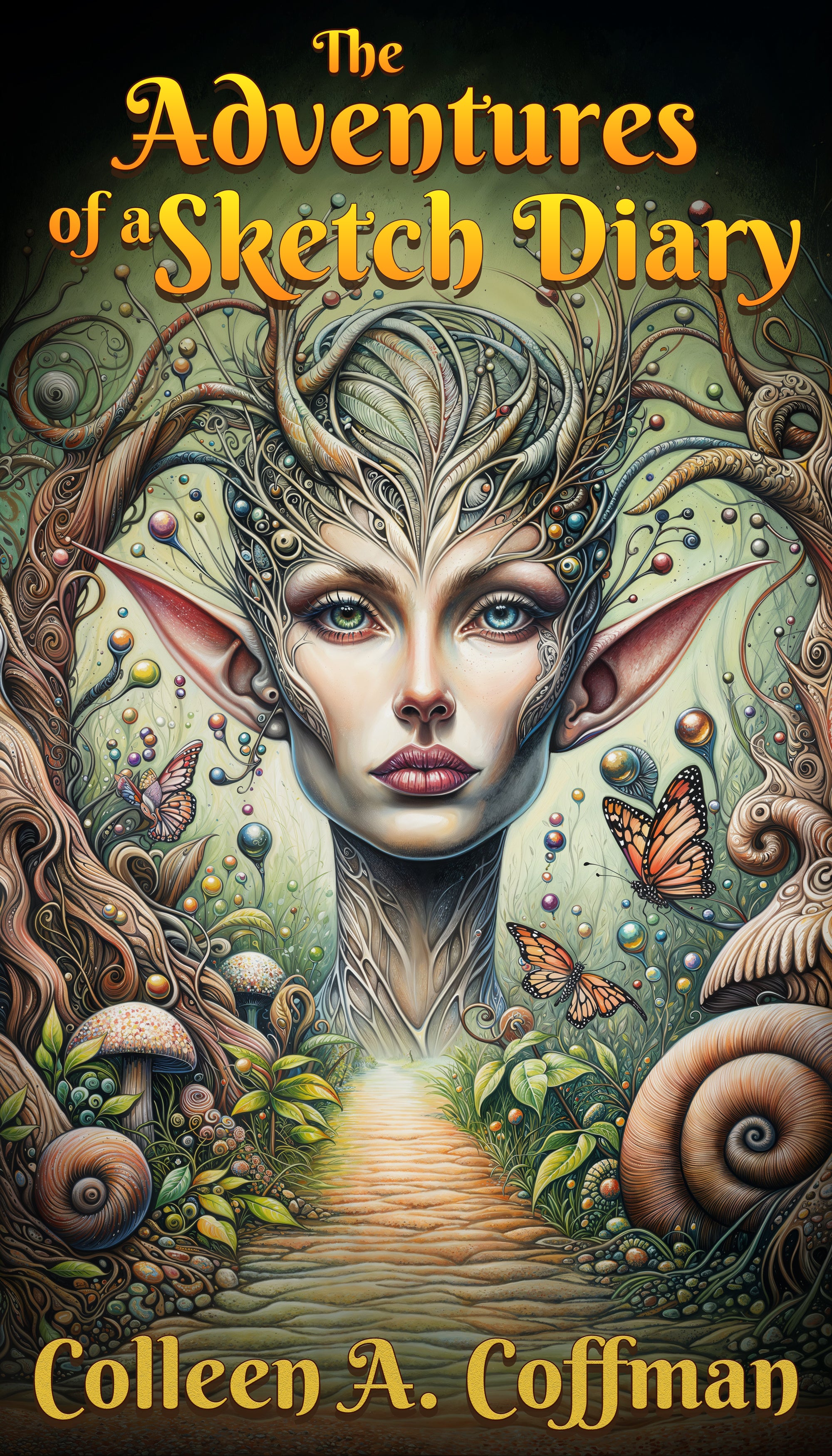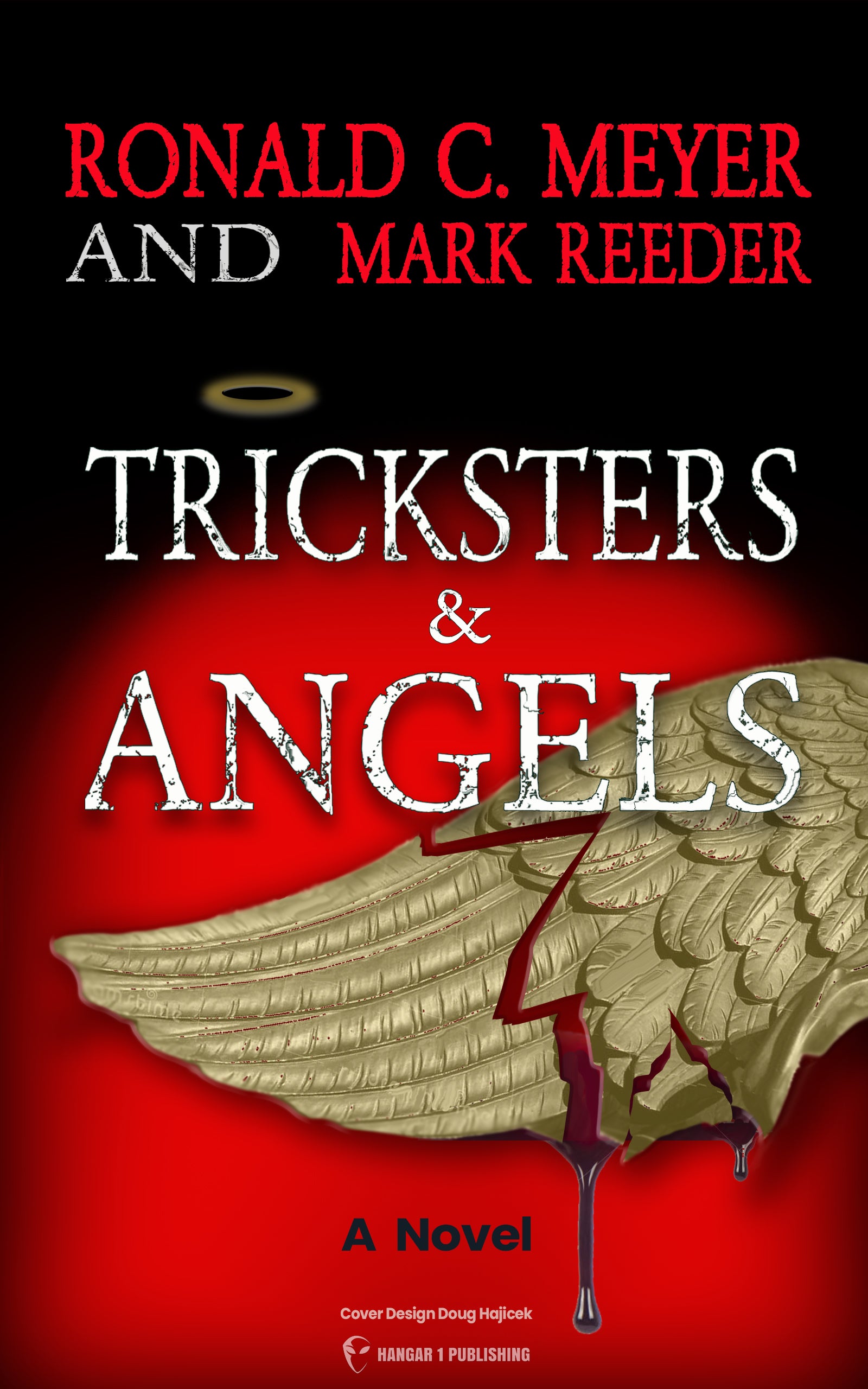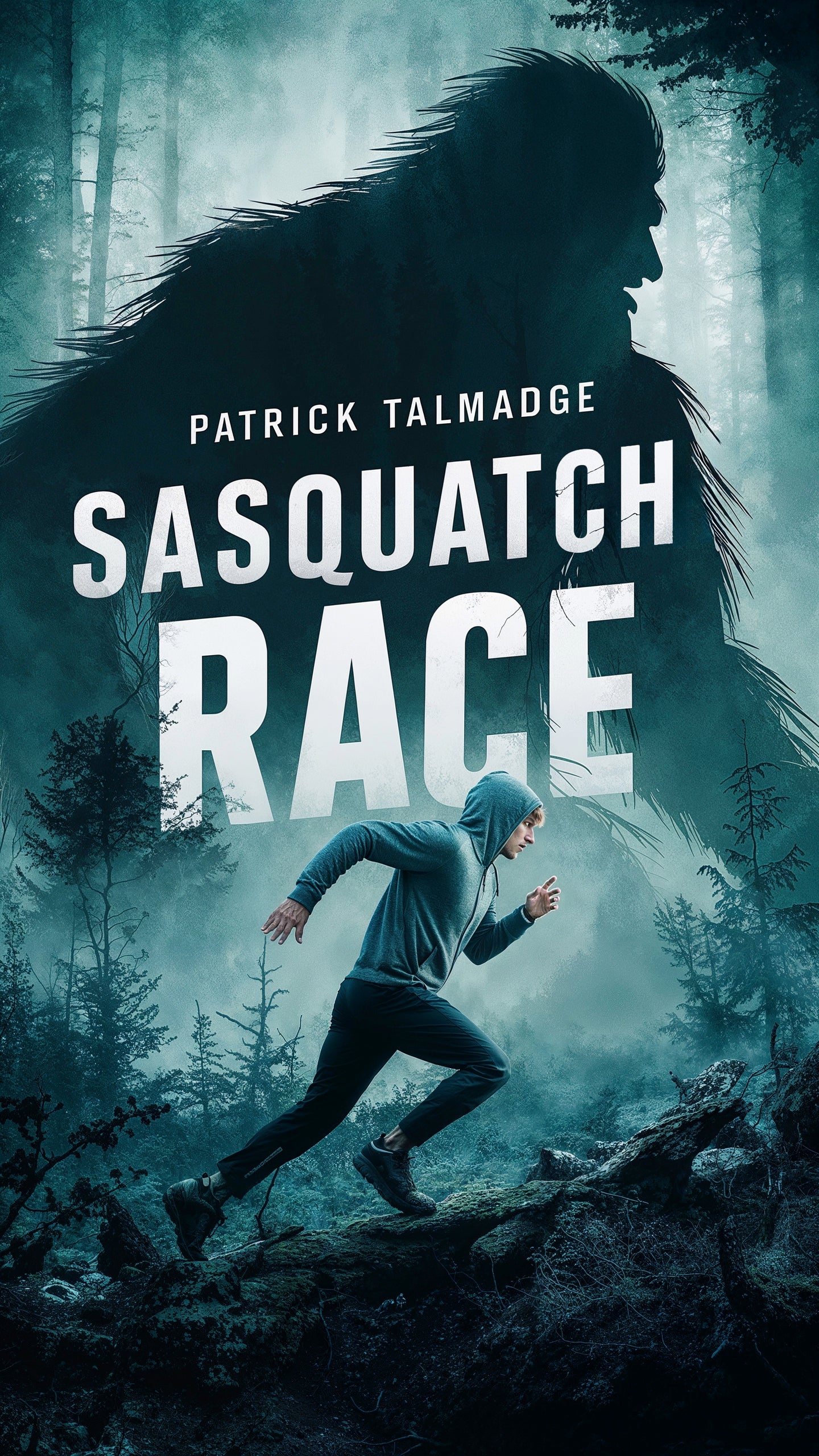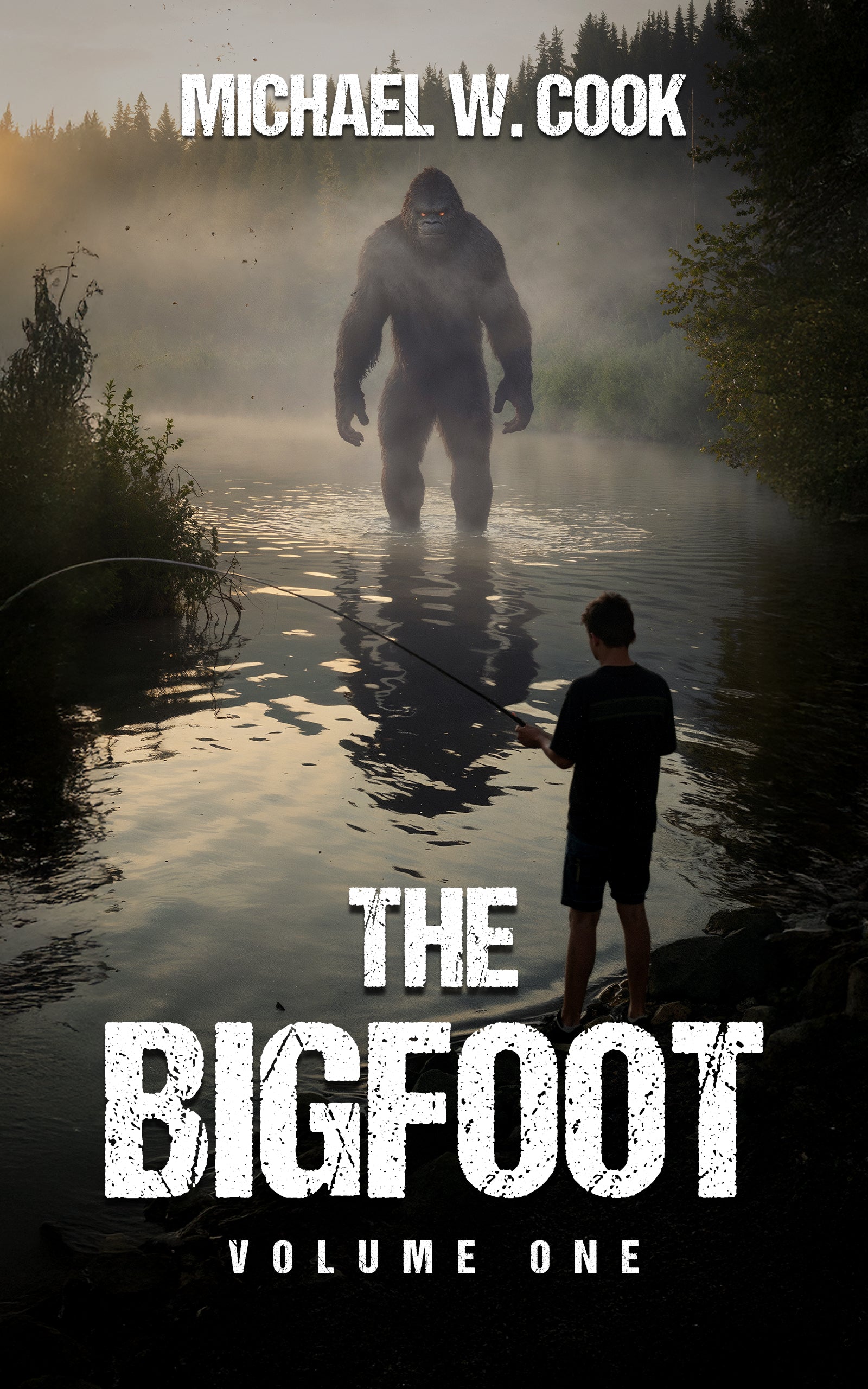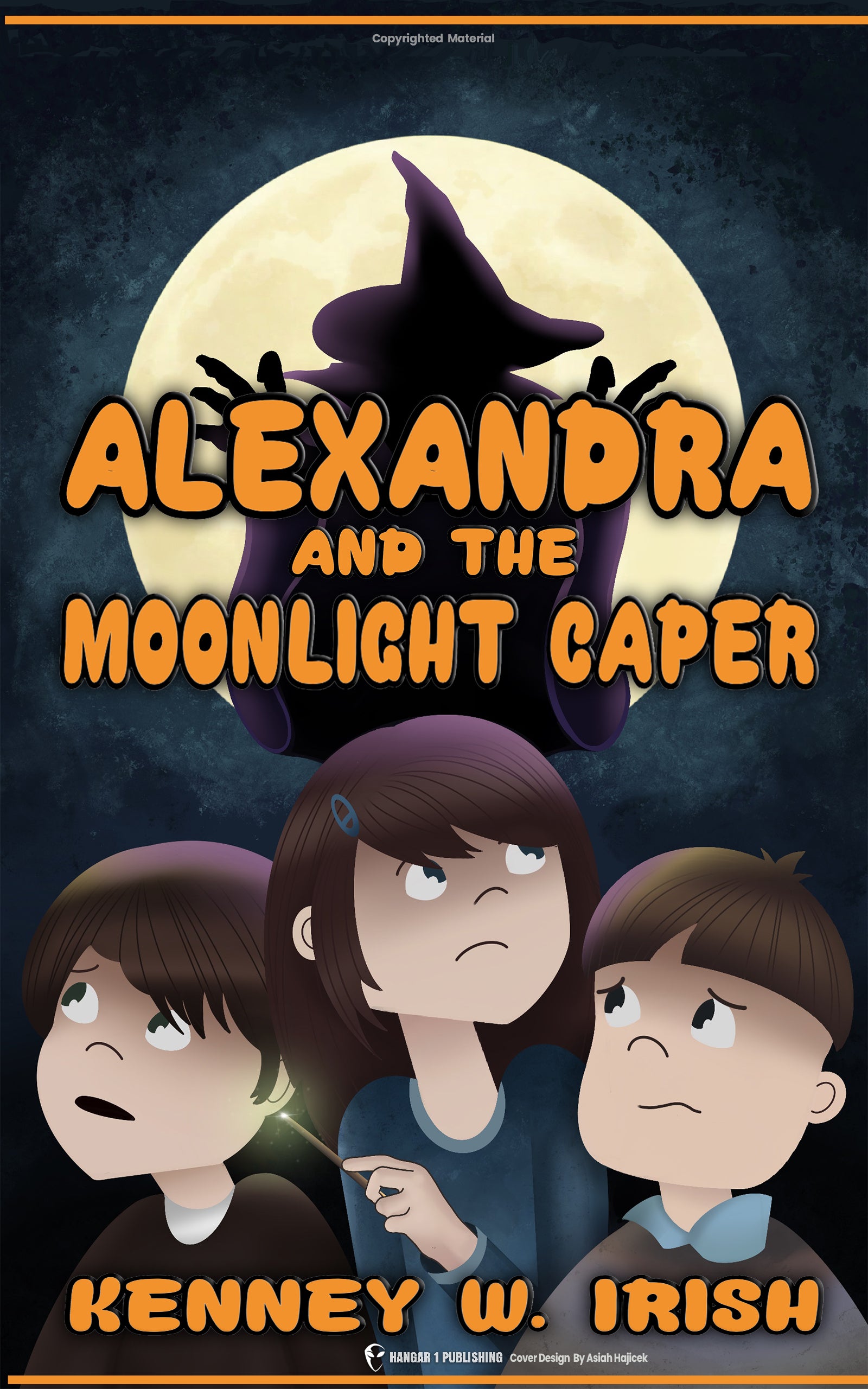Timothy Good Research: Beyond Top Secret UFOs

By Amara Okafor, Ufologist
What if the stories whispered about strange lights in the sky weren't just stories? What if crashed vehicles of unknown origin were hastily spirited away under layers of classification? And what if certain individuals, operating outside the usual scientific corridors, dedicated their lives to peeling back those layers? This isn't the plot setup for a blockbuster film; it's the territory explored by Timothy Good, a British author whose research has become synonymous with the investigation into Unidentified Flying Objects (UFOs) and the alleged global conspiracy to keep their existence under wraps. When we talk about "Timothy Good Research," we aren't discussing the strategic management theories of Professor Timothy G. Pollock or the health policy work of Timothy Caulfield, fascinating though their fields are. Instead, we are focusing squarely on the decades-long investigation by this Timothy Good into phenomena that challenge our understanding of the world and our place within it. His work, often controversial but undeniably influential, seeks answers to questions many dare not ask, pursuing truths supposedly held "Above Top Secret." This exploration will examine the methods, claims, impact, and criticisms surrounding his unique brand of research, piecing together a picture from the extensive documentation and testimonies he has gathered. We'll look at the evidence he presents, the extraordinary stories he tells, and ask what his persistent quest reveals about the enduring mystery of UFOs.
The Investigator's Blueprint - Defining Timothy Good Research
Think of a detective meticulously sifting through cold case files, interviewing long-forgotten witnesses, trying to piece together a hidden history. That's a fitting image for Timothy Good's approach to UFO research. He operates less like a lab-coated scientist conducting controlled experiments and more like an investigator building a case from fragmented clues. His primary objective isn't necessarily discovering new physical laws, but uncovering what he believes is deliberately concealed information. Timothy Good Research is fundamentally about challenging the official silence, probing the assertion that governments worldwide are engaged in a massive cover-up regarding extraterrestrial contact. It's a high-stakes game, as Good might see it, where governments hold their cards close, refusing to reveal what they know about humanity's potential place in a wider cosmic community.
His investigative toolkit is diverse. Declassified documents form a significant part of his arsenal. He reportedly poured over thousands of these, aiming to find official admissions or inconsistencies hidden within bureaucratic language. His landmark book, "Above Top Secret," famously included around 100 pages of reproduced official documents in its appendix, featuring names like J. Edgar Hoover and Harry Truman, lending a tangible weight to his claims. This wasn't just hearsay; it was an attempt to present paper trails.
Equally crucial are the eyewitness accounts. Good didn't just collect tales from anyone; he sought out individuals whose professions placed them in positions where they might encounter unusual aerial phenomena or classified information – pilots, military personnel, intelligence officers, scientists, astronauts, and even politicians. He is said to have interviewed "thousands of witnesses worldwide". Like assembling fragments at a crime scene, Good attempts to build a coherent picture from these varied perspectives, looking for consistencies and corroboration. He further targeted "insiders," individuals purportedly possessing direct knowledge from within military and intelligence circles, hoping to breach the walls of secrecy. While acknowledging the anecdotal nature of much UFO data, his method involves trying to verify stories through multiple accounts and documentation, striving to move beyond mere belief towards a more substantiated case.
The Cornerstone - "Above Top Secret" and Its Impact
In the world of UFO literature, few books cast as long a shadow as Timothy Good's 1987 publication, "Above Top Secret: The Worldwide U.F.O. Cover-up." It wasn't just another collection of sighting reports; it was an "instant bestseller" and is still widely regarded as a "definitive work" on the subject. You could imagine it as a vast, meticulously organized file cabinet, bursting with documents, testimonies, and analyses gathered over years of investigation. Its sheer volume of information, drawn from global sources, presented a picture dizzying in its scope, a "barrage of facts, reports and summaries" that left readers with an "overpowering sense of being left in the dark".
What truly set "Above Top Secret" apart, and cemented its reputation, was its extensive use of purported government documents. As mentioned, roughly 100 pages were dedicated to appendices filled with copies of official papers from agencies like the FBI, CIA, and Air Force, mentioning high-profile figures. This documentary approach provided a layer of perceived credibility that resonated with many readers. It suggested that the truth wasn't just out there in the skies, but buried in classified files.
The book's influence wasn't confined to enthusiast circles. In a rather remarkable turn, the Central Intelligence Agency (CIA) itself, in a historical review of its UFO studies published in 2007, specifically cited "Above Top Secret" as one of the key sources that contributed to "the idea that CIA has secretly concealed its research into UFOs". For an official intelligence agency to acknowledge a book like this as shaping public perception about its own activities is significant. It underscores the impact Good's research had in framing the narrative of government secrecy surrounding UFOs. This groundbreaking work laid the foundation for Good’s subsequent decades of investigation, establishing the themes and methods he would continue to explore.
Threading the Narrative - Key Themes in Timothy Good Research
Timothy Good's research weaves together several recurring and interconnected ideas, forming the core arguments presented across his numerous books. Central to everything is the theme of government secrecy. He posits that various world powers, particularly the US, have actively suppressed information about UFO sightings and potential extraterrestrial interactions. Imagine that high-stakes poker game again – Good argues governments are bluffing, holding back crucial information about humanity's potential cosmic neighbors. This isn't accidental ignorance; it's presented as a deliberate, sustained effort to control the narrative.
The Roswell Incident of 1947 serves as a foundational piece in this narrative. Good treats the alleged crash of a non-human craft in New Mexico as a critical event, analyzing eyewitness reports and military documentation to argue for both its extraterrestrial origin and the subsequent cover-up. He revisited Roswell in later work like "Need to Know," presenting updated information and sworn affidavits, showing his continued focus on this pivotal case. For Good, Roswell is like a complex jigsaw puzzle where crucial pieces have been deliberately hidden or obscured by official denial.
As we've seen, witness testimony is paramount. Good builds his case layer by layer, using accounts from pilots, military figures, and civilians. The challenge, inherent in this approach, is assessing the reliability of memory, especially decades after an event, and filtering out potential misidentification or embellishment. Yet, Good emphasizes consistency across different accounts, hoping to construct a reliable picture from the cumulative "witness mosaic".
The mystery surrounding Majestic 12 (MJ-12), a supposed top-secret committee established by President Truman to handle alien matters, is another recurring theme. Good examines the controversial documents associated with MJ-12, exploring the possibility of this "shadowy organization" pulling strings behind the scenes. Intriguingly, even Good himself reportedly expressed doubts later about the authenticity of at least some MJ-12 documents. This highlights the murky nature of evidence in this field, where disinformation could be as prevalent as genuine leaks.
A potential motivation for all this alleged secrecy? Reverse engineering. Good explores the possibility that governments recovered extraterrestrial technology and are attempting to replicate it, potentially for military advantage. This adds a layer of technological competition and national security concern to the UFO puzzle.
Finally, Good's research extends to claims of an established alien presence on Earth. His book "Unearthly Disclosure" focuses specifically on allegations of subterranean and submarine alien bases and ongoing contact between extraterrestrials and select groups within the US military and scientific communities. This involves deep dives into specific cases, like the photographs taken by Filiberto Caponi in Italy, for which Good reportedly commissioned analysis by a Law Society-checked expert witness. These themes collectively paint a picture of not just fleeting encounters, but of a complex, hidden interaction between humanity and potential extraterrestrial intelligence, deliberately kept from public knowledge.
Beyond the Horizon - Expanding the Research Portfolio
Timothy Good's investigative journey didn't conclude with "Above Top Secret." He remained a prolific figure in the field, authoring a succession of books that expanded upon his initial findings and explored new facets of the UFO phenomenon. Titles like "Beyond Top Secret" (an update to his first book), "Alien Liaison," "Alien Base," "Unearthly Disclosure," "Need to Know," and his later work "Earth: An Alien Enterprise" demonstrate a sustained research effort spanning decades.
His research wasn't static; it appears to have evolved over time. While "Above Top Secret" was lauded for its documentary evidence, some reviews suggest his later work, particularly "Earth: An Alien Enterprise" (2013), leaned more heavily into speculative theories described as "wild" and relied more on "unsubstantiated witness statements, often delivered decades after the fact". This potential shift raises questions about the changing nature of his evidence base or perhaps an increasing willingness to explore more fringe aspects of the subject as his career progressed.
Nevertheless, his commitment to investigating specific incidents remained. "Need to Know," for example, delved into the pre-Roswell era, examining reports of "Ghost Rockets" and "Foo Fighters," and also explored the intriguing, lesser-known "Brazilian Roswell" – the Varginha incident of the 1990s. His research into Varginha reportedly included extensive interviews with witnesses, including a doctor alleged to have treated an extraterrestrial being recovered from a crashed UFO. This detailed focus on individual cases allowed him to present compelling, albeit controversial, narratives that went beyond generalized claims.
The Extraordinary and the Controversial - Unique Claims and Surprising Findings
Venturing into Timothy Good's research often means encountering claims that stretch the boundaries of belief, assertions far more specific and sensational than simple lights in the sky. These unique findings, drawn from his interviews and investigations, form some of the most talked-about aspects of his work.
Consider the startling anecdote reportedly shared by Good involving high-profile figures: President Richard Nixon allegedly arranging for comedian Jackie Gleason to view the bodies of extraterrestrials at Homestead Air Force Base, an experience said to have left Gleason profoundly shaken. Such a claim, involving individuals known worldwide, is explosive. If verifiable, it would rewrite history.
Good's research also touches upon claims of biological interaction, suggesting that aliens may have "influenced the genetic makeover of human beings". This moves far beyond visitation into the realm of direct intervention in human development, a profoundly speculative idea.
On a more geopolitical level, Good has discussed the possibility that Western powers have "secretly developed advanced weaponry to deal with a possible interstellar threat". This implies not just passive observation or cover-up, but active military preparation for potential conflict or defense against extraterrestrial forces.
Furthermore, he claims knowledge of the specific "locations of top secret alien bases around the planet," suggesting a persistent, hidden presence rather than mere fleeting visits. Pinpointing such locations would be a monumental revelation within the UFO community.
Even historical footnotes gain an unusual twist, such as the assertion in "Need to Know" that Italian dictator Benito Mussolini was, in fact, a "UFO believer". These diverse and often extraordinary claims illustrate the breadth and audacity of Timothy Good's research. They demand significant evidence for substantiation, highlighting the controversial intersection of witness testimony, alleged classified information, and speculative interpretation that characterizes much of his work.
Scrutiny and Skepticism - Criticisms and Challenges
It's impossible to discuss Timothy Good's research without acknowledging the considerable scrutiny and skepticism it has attracted. While lauded by supporters as groundbreaking, critics raise significant concerns about his methodology and conclusions. A primary criticism is the heavy reliance on anecdotal evidence and witness testimony, often delivered years or decades after the supposed events, making verification difficult and raising concerns about memory accuracy and potential embellishment. The argument is that compelling stories, even from seemingly credible individuals, do not equate to scientific proof.
Furthermore, his interpretation of documents has been questioned, with suggestions that he might selectively focus on information that supports his hypotheses while downplaying or ignoring contradictory evidence. A particularly pointed review in The Skeptic magazine, assessing "Above Top Secret," concluded bluntly that "the book is not reliable and its conclusion cannot be trusted", reflecting a viewpoint common in more critical circles that demand rigorous, verifiable evidence.
The very nature of the subject matter presents immense challenges. Investigating alleged government cover-ups means navigating a world potentially filled with deliberate disinformation, fragmented truths, and documents whose authenticity is fiercely debated, like the infamous Majestic 12 papers. Determining the credibility of sources and the veracity of claims in such an environment is extraordinarily difficult. Therefore, approaching Timothy Good's research requires a critical mindset, carefully weighing the evidence presented against the potential for bias, misinformation, and the inherent limitations of the types of sources he often relies upon.
Beyond the Unexplained - Other Dimensions of Timothy Good
While Timothy Good is primarily known for his decades immersed in the world of UFOs and alleged alien encounters, there's another, perhaps surprising, dimension to his life. Before becoming a leading UFO researcher, and indeed concurrently for many years, Good pursued a successful career as a professional violinist. Having studied at the Royal Academy of Music, he played for fourteen years with the prestigious London Symphony Orchestra and freelanced with numerous other renowned orchestras. His musical talents even extended to session work for feature films, television, and recordings with major pop and rock artists like George Harrison, Paul McCartney, Elton John, and U2. This background paints a picture of a disciplined, accomplished individual in a field far removed from UFOlogy, adding an interesting layer to his public persona.
His stature as a researcher, despite the controversial nature of his subject, has led to invitations to speak at a variety of respected institutions. Beyond universities and enthusiast groups, he has presented his findings or engaged in discussions at the Institute of Medical Laboratory Sciences, the Royal Canadian Military Institute, the Royal Geographical Society, and, perhaps most notably, at the Pentagon (specifically, the Defense Airborne Reconnaissance Office in 1998) and the headquarters of the French Air Force in 2002. While these invitations don't constitute official endorsements of his conclusions, they do suggest that his work, or at least the phenomena he investigates, has captured the attention of individuals within official military and intelligence circles, prompting them to hear his perspective directly.
Lasting Influence - The Legacy of Timothy Good Research
Timothy Good's decades of dedicated research have undeniably left a significant mark on the landscape of UFOlogy and public discourse surrounding unexplained phenomena. He is frequently cited as a "leading authority" and "one of the world's leading experts" on the subject, his name often invoked in discussions about government cover-ups and the potential reality of extraterrestrial visitation. His numerous bestselling books have brought complex and often hidden narratives to a broad international audience, shaping the understanding of generations of readers interested in the topic.
His influence extends beyond his readership. Figures like Tom DeLonge, formerly of the band Blink-182 and founder of the To The Stars organization, have directly credited Good's books, particularly "Above Top Secret," as being instrumental in sparking their own deep interest and investigation into UFOs. This demonstrates a direct link between Good's published research and the ongoing efforts of others in the field. By compiling vast amounts of information – witness testimonies, document analysis, historical accounts – into accessible volumes, he has served as both an investigator and a chronicler of the unexplained. While controversy and skepticism remain intrinsic to his work, the persistent questions raised by Timothy Good's research continue to fuel the enduring human fascination with the unknown and the possibility that the truth is indeed out there, perhaps just beyond our sight.
From Bigfoot to UFOs: Hangar 1 Publishing Has You Covered!
Explore Untold Stories: Venture into the world of UFOs, cryptids, Bigfoot, and beyond. Every story is a journey into the extraordinary.
Immersive Book Technology: Experience real videos, sights, and sounds within our books. Its not just reading; its an adventure.


